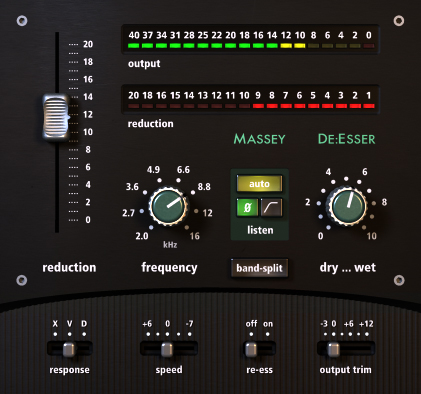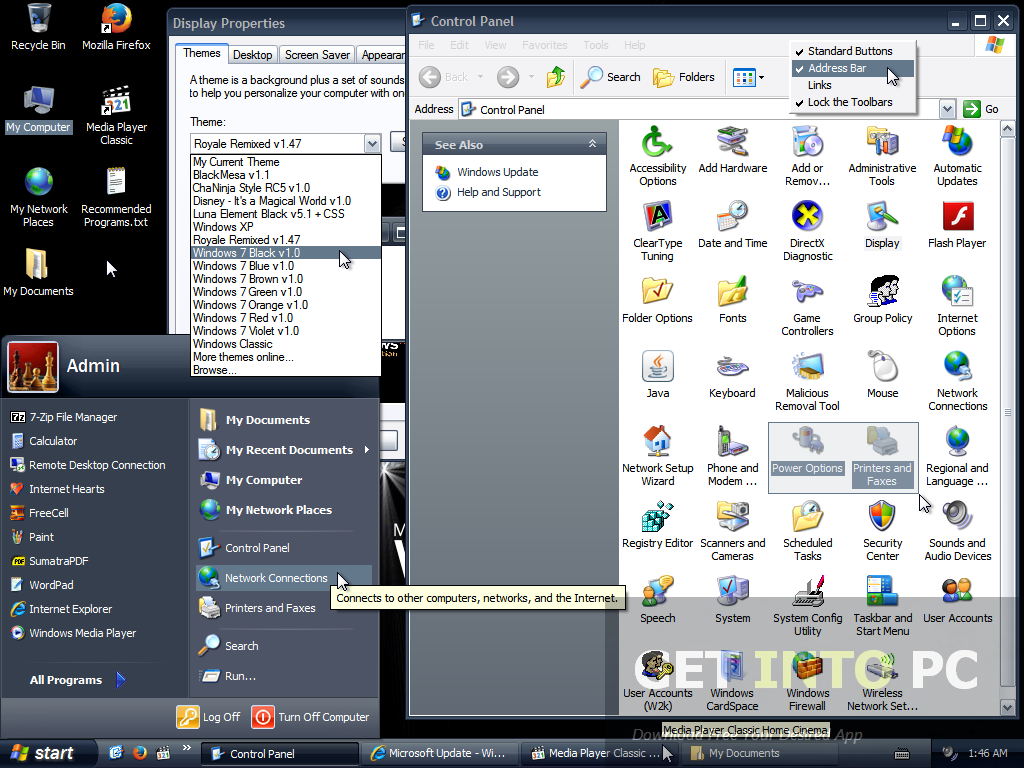

International Data Encryption Algorithm (IDEA).Its distinctive feature is that it has a complex key schedule. Twofish is quite similar but it works on 128-bit blocks. It is a symmetric block cipher that can use variable-length keys (from 32 bits to 448 bits). Blowfish is an encryption system invented by a team led by Bruce Schneier that performs a 64-bit block cipher at very fast speeds. Many providers limit the download of those files, but using RC4 to obfuscate the header and the stream makes it more difficult for the service provider to realize that it’s torrent files that are being moved about. It is also popular with utilities they use it for downloading torrent files. It is a streaming cipher that works with key sizes between 40 and 2,048 bits, and it is used in SSL and TLS.


RC4 is popular with wireless and WEP/WPA encryption. RC5 uses a key size of up to 2,048 bits it’s considered to be a strong system. RC is an encryption family produced by RSA laboratories and named for its author, Ron Rivest. AES supports key sizes of 128, 192 and 256 bits, with 128 bits being the default. It uses the Rijndael algorithm, named for its developers, Joan Daemen and Vincent Rijmen. AES has replaced DES as the standard used by U.S.

It increases the key length to 168 bits (using three 56-bit DES keys). 3DES is considerably harder to break than many other systems, and it’s more secure than DES. 3DES is still used, even though AES is the preferred choice for government applications. For years, it was the primary standard used in government and industry, but it is now considered insecure because of its small key size - it generates a 64-bit key, but eight of those bits are just for error correction and only 56 bits are the actual key. Here are some of the common standards for symmetric algorithms: Symmetric algorithms generate a symmetric key (sometimes called a secret key or private key) that must be protected if the key is lost or stolen, the security of system is compromised. Symmetric algorithms require both the sender and receiver of an encrypted message to have the same key and processing algorithms. Cryptography has symmetric and asymmetric algorithms. Many systems available today are more than adequate for business and personal use, but they are inadequate for sensitive military or governmental applications. Strength is also be expressed as work factor, which is an estimate of the amount of time and effort that would be necessary to break a system.Ī system is considered weak if it allows weak keys, has defects in its design or is easily decrypted. A strong cryptographic system is difficult to crack. The effectiveness of a cryptographic system in preventing unauthorized decryption is referred to as its strength. Encryption helps organization meet the need to secure information from both accidental disclosure and internal and external attack attempts.


 0 kommentar(er)
0 kommentar(er)
